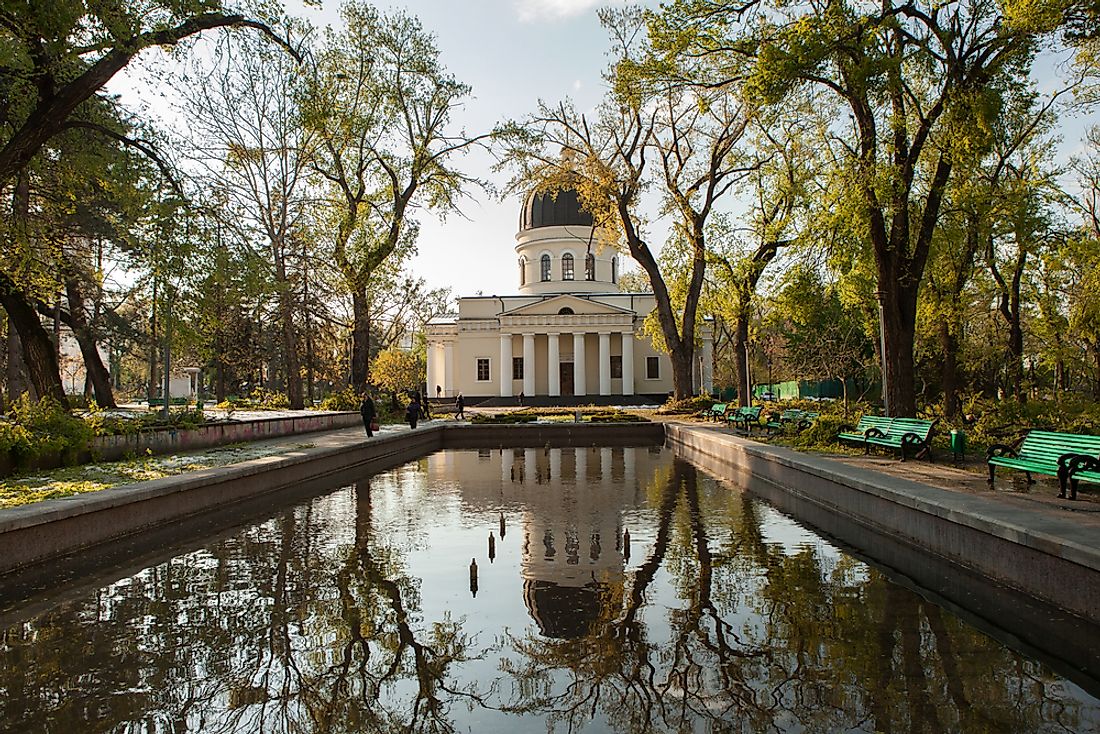What Is The Capital Of Moldova?

Located in Eastern Europe, Moldova is small country surrounded by land on all sides. The country shares its borders with Romania and Ukraine. As of 2017, the population of Moldova is 2,998,235.
What Is The Capital Of Moldova And Where Is It Located?
Located in central Moldova, the city of Chișinău which is also known by the name of Kishinev, is the seat of government of the country. The city is located on the banks of the Bâc river which is a tributary of the river Dniester. Chișinău is also the country’s biggest city in terms of both size and population. The city population, as of 2017, is 685,900 while the Municipality of Chișinău houses a total population of 820,464. The area occupied by Chișinău is 120 square km. The city is surrounded by fertile and level tracts of land stretching for long distances. Chișinău experiences a humid continental climate.
History Of The Capital City Of Moldova
The city of Chișinău was founded as a monastery village in 1436. It was the then a part of the Principality of Moldavia. By the 19th century’s beginning, the village had grown to a town with about 7,000 residents. The city became the capital of the Russian oblast of Bessarabia after the Russo-Turkish War of 1812. Under Russian rule, Chișinău grew and developed rapidly. Rail links between the city and Tiraspol were established by 1871. By 1900, Chișinău had a population of about 125,787. Jews accounted for about 43% of this population. Chișinău suffered great destruction during the Second World War. Following the war, Bessarabia became a part of the Soviet Union and Chișinău served as the capital of Moldavian SSR. Rapid population growth took place in the city in 1950’s which was accompanied by the development of housing and infrastructural facilities in the city by the Soviet government to accommodate the growing population. After the independence of Moldova in 1991, Chișinău became the capital of the independent country.
Present-Day Role Of The Capital Of Moldova
The Palace of the Parliament, the meeting place of the Parliament of Moldova, the Presidential Palace, the official residence of the country’s government, and other important government buildings of the country are present in Chişinău. Apart from being the seat of government of Moldova, Chișinău is also the economic capital of the country. The city’s GDP accounts for about 60% of the GDP of the country. The mass media sector is one of the strongest sectors of Chişinău’s economy. Several nations and international banks operating in the country have their headquarters in the city. The Chișinău International Airport serves the city.







